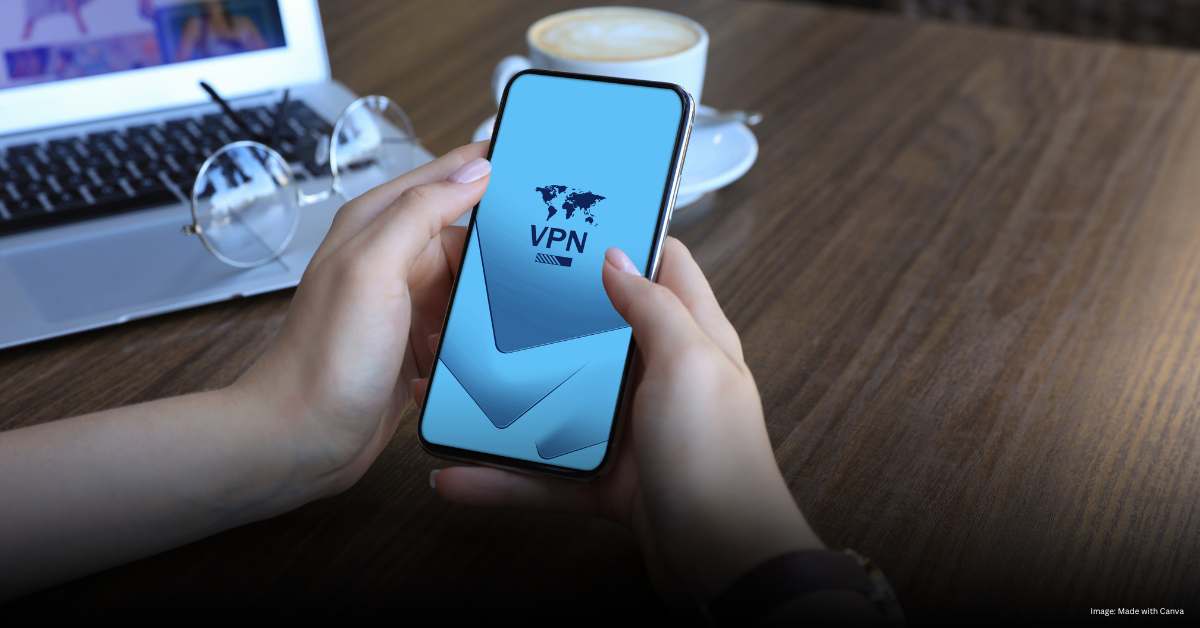In today’s digital world, staying safe online is more important than ever. Whether you’re shopping, streaming, or just browsing, your personal information can be at risk. This is where a Virtual Private Network (VPN) comes in. A VPN helps protect your data by creating a secure connection to the internet, making it harder for others to see what you’re doing. But how do you use a VPN? Let’s dive in and find out.
What is a VPN?
A VPN, or Virtual Private Network, is a tool that encrypts your internet connection. This means that your online activities are hidden from prying eyes, like hackers or even your internet service provider (ISP). A VPN also allows you to change your IP address, making it look like you’re browsing from a different location.
How Does a VPN Protect You?
When you connect to a VPN, your internet traffic is routed through a secure server. This server encrypts your data, making it unreadable to anyone who might be trying to snoop. It also masks your IP address, so your true location is hidden.
Setting Up a VPN: A Step-by-Step Guide
Choosing the Right VPN
Not all VPNs are created equal. Some are free, while others require a subscription. When choosing a VPN, consider factors like speed, security features, and ease of use. Free VPNs might be tempting, but they often come with limitations, such as data caps or slower speeds.
Installing the VPN Software
Once you’ve chosen a VPN, the next step is to install it on your device. Most VPNs offer apps for various platforms, including Windows, Mac, Android, and iOS. Simply download the app from the VPN provider’s website or the app store, then follow the installation instructions.
Connecting to a VPN Server
After installation, open the VPN app and sign in with your account details. You’ll then be able to choose a server to connect to. Most VPNs have servers in multiple countries, allowing you to select one that best suits your needs, whether for streaming, browsing securely, or bypassing geo-restrictions.
Using a VPN for Different Purposes
Secure Browsing and Privacy
When connected to a VPN, all your internet activity is encrypted, keeping your browsing history private. This is especially important when using public Wi-Fi networks, which are often unsecured.
Accessing Geo-Restricted Content
A VPN allows you to access content that might be restricted in your region. By connecting to a server in another country, you can bypass these restrictions and enjoy your favorite shows, websites, and services.
Protecting Your Data on Public Wi-Fi
Public Wi-Fi networks, like those in cafes or airports, are convenient but risky. Hackers can easily intercept your data on these networks. Using a VPN adds an extra layer of security, ensuring your information stays safe.
Conclusion:
Using a VPN is a simple yet powerful way to protect your online privacy. With cyber threats on the rise, having a VPN is no longer just an option—it’s a necessity. Whether you’re concerned about your personal data, want to access geo-restricted content, or simply browse the web securely, a VPN can help. By following the steps outlined in this article, you’ll be well on your way to safer, more private internet usage.
FAQs
1. Is it legal to use a VPN?
Yes, using a VPN is legal in most countries. However, some countries with strict internet censorship laws may have restrictions on VPN usage.
2. Can a VPN slow down my internet speed?
A VPN can slightly reduce your internet speed due to the encryption process and the distance to the server you’re connected to. However, premium VPNs minimize this impact.
3. Do I need a VPN on my phone?
Yes, using a VPN on your phone is a good idea, especially when connecting to public Wi-Fi networks, to protect your personal data.
4. Are free VPNs safe to use?
While some free VPNs offer basic protection, they often come with limitations and may not provide the same level of security as paid options.
5. Can I use a VPN to stream content from other countries?
Yes, a VPN allows you to access content that is restricted in your region by connecting to a server in another country.


